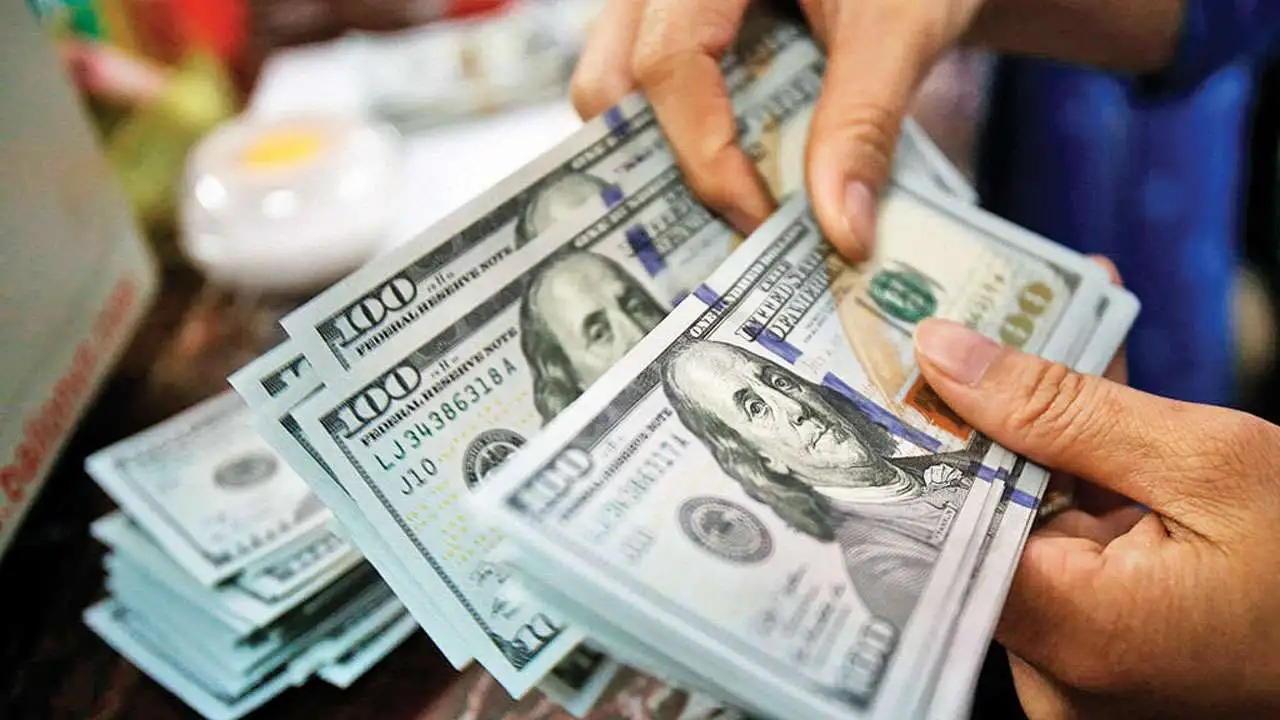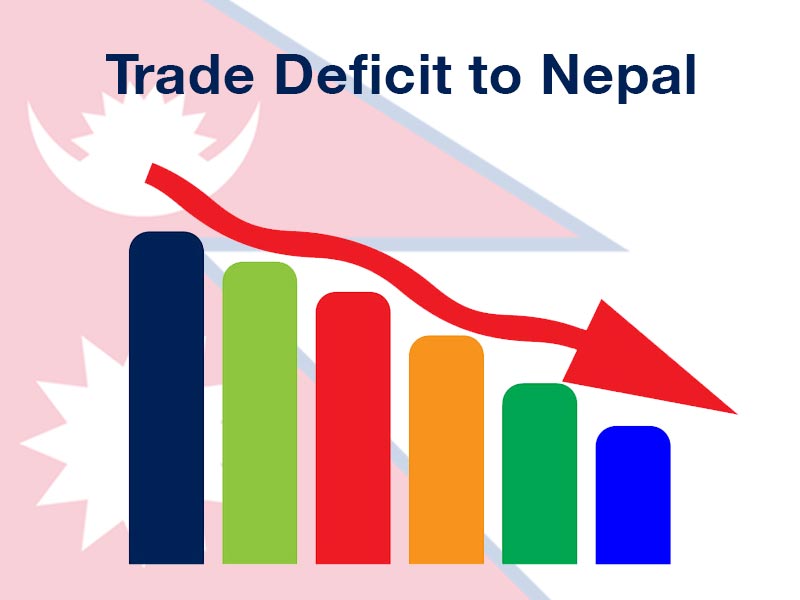
Kathmandu, Aug 5: Since the beginning of the current fiscal year, the government has collected only 2.31 percent of its revenue target. As of the 19th of Shrawan, the government has mobilized revenue worth Rs 34.18 billion. According to the Office of the Financial Comptroller General, Rs 32.64 billion came from tax revenue, while Rs 1.53 billion came from non-tax sources.
The government has set a target of collecting Rs 1.48 trillion in revenue this fiscal year. Of this, the federal government is expected to collect Rs 1.315 trillion and transfer Rs 165 billion to provincial and local levels. It also plans to mobilize Rs 53.44 billion in grants.
Meanwhile, the government has spent only Rs 16 billion. Out of this, Rs 2.77 billion went towards current expenditure, Rs 200 million for capital expenditure, and Rs 13.1 billion was used to repay loans under financial management.
The government aims to spend Rs 1.964 trillion this year and achieve six percent economic growth. This includes Rs 1.118 trillion in current spending, Rs 407 billion in capital expenditure, and Rs 375 billion under financial management.
Nineteen days into the fiscal year, the government’s treasury remains positive. However, spending is expected to rise sharply after salary payments for Shrawan.
In recent years, the government has repeatedly failed to meet its revenue targets. Last fiscal year, it collected only 83 percent of its projected revenue, falling short by Rs 240.48 billion.
Over the past decade, average annual revenue growth has remained around 14 percent, according to the Ministry of Finance’s Medium-Term Expenditure Framework. Despite this trend, the government had set an ambitious target of increasing revenue by 34 percent last fiscal year, far above the actual growth rate of 14.4 percent.
For the current fiscal year, the government has set another high target: 25.63 percent growth in revenue collection. Given recent trends, achieving this also looks unlikely.
To collect Rs 1.48 trillion in revenue, the country would need to maintain a growth rate of 7 percent. But the Central Bureau of Statistics projects economic growth to be only 4.61 percent this year.
Despite a decade-long average annual revenue growth of just 14 percent, the revenue-to-GDP ratio has stayed at about 18.4 percent.
Economists say ambitious budgets that aim to please everyone, without properly studying the economy, have led to poor results. Slow economic activity has further dragged down revenue.
The Medium-Term Expenditure Framework estimates a 16.9 percent rise in revenue in fiscal year 2082–83. But this is expected to drop to 9.5 percent in 2083–84, before climbing again to 14.5 percent in 2084–85.
With the government struggling to generate resources and spend effectively, it has been reducing the budget size during mid-year reviews. Based on current spending patterns, this year’s budget is also expected to shrink.
The government has also failed to utilize the grants provided by donors. Last fiscal year, it could only mobilize 44.34 percent of the allocated grant assistance. Of the targeted Rs 52.32 billion in grants, only Rs 23.20 billion was spent by the end of Ashad, leaving over Rs 29 billion unused.
Citing Nepal’s improved debt repayment capacity, multilateral donors such as the World Bank and Asian Development Bank have cut down grant assistance over the last decade. Starting in 2026, Nepal is also set to graduate from least developed country status.
This graduation will result in Nepal losing access to many foreign grants and benefits. Meanwhile, interest rates on loans have also gone up, with the World Bank doubling its rate to 1.75 percent and JICA raising its rate to 2 percent.


















Comments:
Leave a Reply